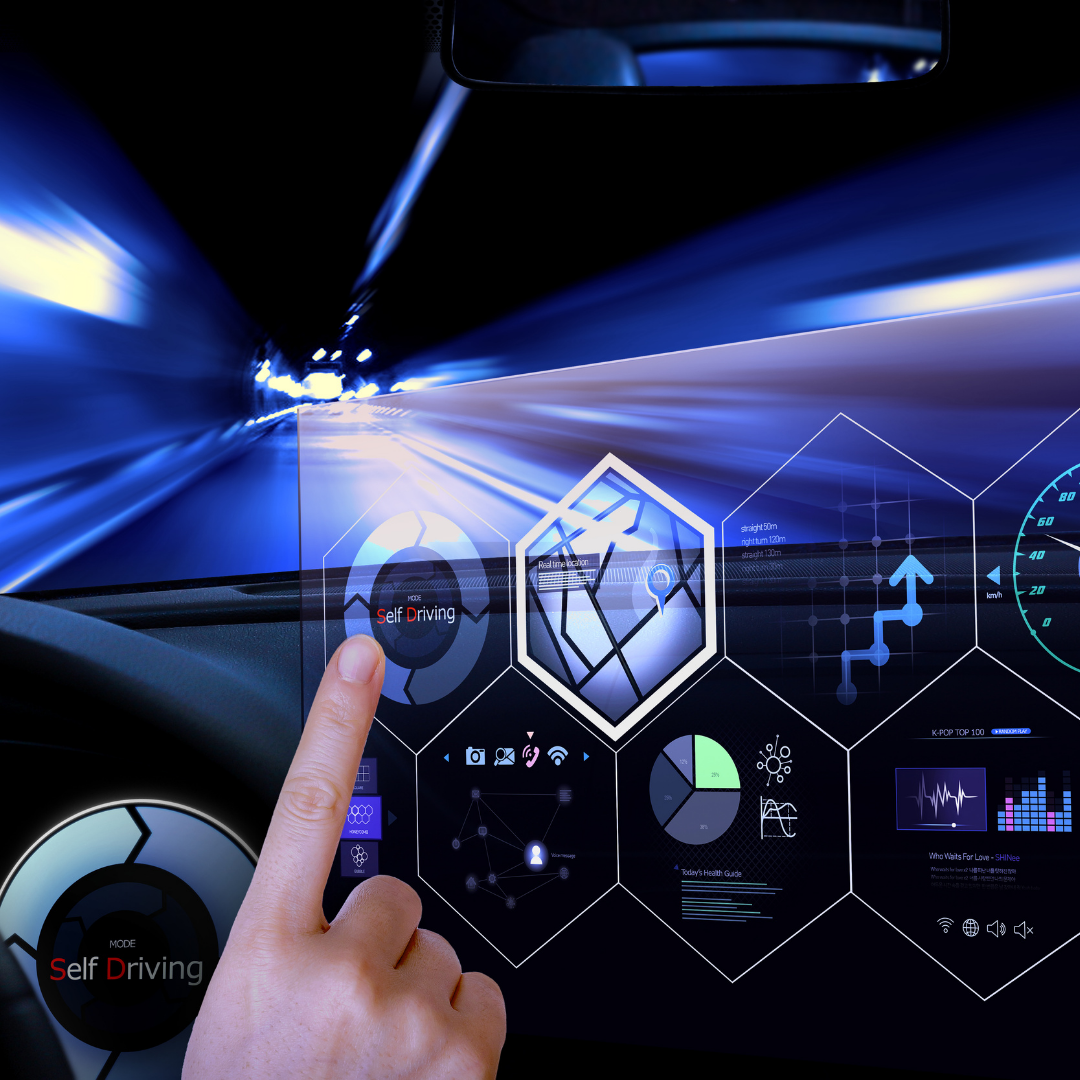What You Need to Know About Self-Driving Cars

Self-driving cars are here, and in the immediate future, they will be on our roads. Having said that, it may be a while before they are as ubiquitous as many people expect. The National Highway Traffic Safety Administration estimates that there are more than 32 million cars on the road in the U.S. alone.
Self-driving cars are already being tested by the likes of Google, Tesla, and Uber. The technology is already being used in more than 300 cities in the U.S. and can identify objects such as pedestrians, cyclists, and cars better than a human driver. The NHTSA estimates that self-driving cars will be on the road by the end of the decade.
Self-driving cars are here, but few consumers seem to understand the technology, its potential, or the road ahead. It is difficult to overestimate the benefits that driverless cars could bring to the world, but plenty of misconceptions about the technology hold back its adoption.
The Precision Manufacturing Behind Self-Driving Cars
While the software behind self-driving cars gets a lot of attention, the physical manufacturing of these vehicles is equally groundbreaking. Autonomous vehicles require an intricate blend of sensors, cameras, radar systems, and other sophisticated components that demand ultra-precise engineering and materials. This is where low-volume CNC machining comes in. Unlike traditional mass production methods, low-volume cnc can allow manufacturers to create intricate, customized parts with incredible accuracy. This capability is ideal for prototyping and testing in self-driving vehicles, helping to ensure that every component meets the necessary standards for safety and performance.
Also, robotic welding plays a crucial role in the structural assembly of self-driving cars. This process involves the use of automated robots to perform welding tasks on metal parts that make up the vehicle’s frame and body. Robotic welding ensures consistent quality, precision, and strength in the assembly of components, which is essential for the safety and integrity of autonomous vehicles.
The electrical and electronic assembly process is equally critical for integrating the myriad of sensors, cameras, and computing systems that enable self-driving technology. This involves assembling circuit boards, wiring harnesses, and electronic components that communicate data from the vehicle’s surroundings to its processing units.
How Do Self-Driving Cars Work?
Self-driving cars have been a hot topic in the automotive industry for quite some time now. With recent advancements in the field, it is becoming more and more clear that the future of cars is on the verge of being digitized. As we prepare to witness the biggest changes in the automotive industry in decades, there are still many things that we don’t know about self-driving cars.
Self-driving cars are the hottest topic in the automotive world right now. For a good reason, technology is new and uncharted and has the potential to completely change the way people commute to work, as well as how we interact with and use our cars. Will self-driving cars be a feasible thing in the future? It’s hard to say exactly, but it’s probably a safe bet that they will within the next decade. With the advancement in technology and materials like prepregs that are laid up with automated equipment, the future is bright. The future of transportation is here: Self-Driving cars are revolutionizing the way we commute and interact with our cars daily. This technology has the power to save lives and improve the environment.
Benefits Of Self-Driving Cars
As we all know, the world is becoming much more connected, and in the next few decades, we are going to have self-driving cars. Not just cars – the self-driving industry is even innovating on new fronts for commercial vehicles, with the development of autonomous trucks for use in the transportation sector. This will change the way we live, make driving safer, and drastically impact the auto industry. Self-driving cars are the future, and we believe that they will be extremely beneficial for society when they are in full swing. So, if you want to be a part of the future, follow along and stay informed.
It is inevitable that self-driving cars will take over the roadways of the future, and while many futuristic concepts have been proposed and tested over the years, real-world self-driving cars are still a distant goal. However, the technology is not that far away, and several car manufacturers have already committed to self-driving cars, including Mercedes-Benz, BMW, and Volkswagen.
For decades, automobile manufacturers have been working on self-driving car projects. Technology, if it ever gets to the level that it is safe, can prevent a lot of accidents. However, there are still many questions that need to be answered about the safety and security of autonomous vehicles. And there are also costs to consider. One of the benefits of self-driving cars is that they are theoretically safer than human-driven vehicles, as they can drive more safely for longer periods of time. But if a self-driving car gets into an accident, it could be more expensive to repair than a human-driven car.
Self-driving cars are a hot topic, and now that Tesla is testing its first model on the road in the U.S., the next step towards self-driving cars is clear: the technology is ready, so companies will start rolling out self-driving cars into the market. The future’s just around the corner, folks. Autonomous cars are the hottest topic in the automotive world, and tech companies are rushing out prototypes to stake their claim to a piece of the action. But does this mean autonomous cars are on the horizon? Well, according to a recent FCC ruling, the answer is yes.
Self-driving cars are touted as the next big thing in the automotive world, but this is a topic that remains highly controversial. Showing up at a round-table discussion on the subject, you quickly learn that there are a lot of opinions on the subject, ranging from people who believe that self-driving cars are simply a matter of time to those who feel they are a dangerous leap into the future.



0 Comments